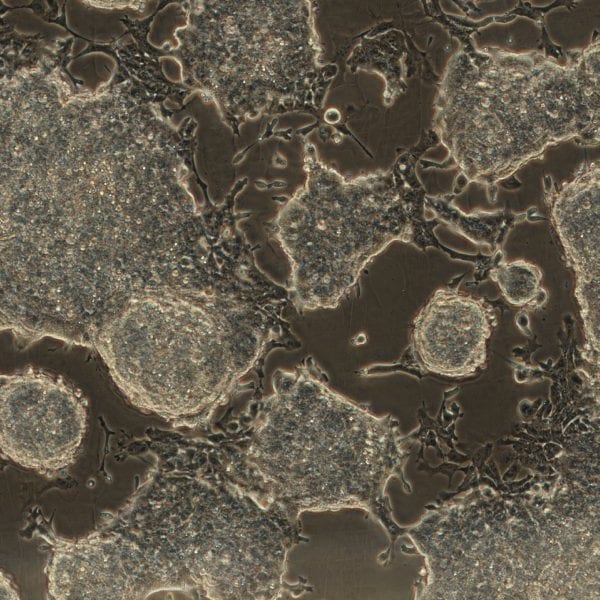Regenerative medicine has the potential to treat or cure diseases for which there is currently no treatment available. Cells are produced for replacement therapies, but also for diagnostic purposes. Tools to support these advances in medicine are needed and should ideally work with a minimum of cells and a minimum of expensive reagents. Microfluidic devices are a valuable tool in this regard. The small dimension of these devices allows for an unprecedented control of the environment surrounding the cells; the delivery of nutrients and other biochemical factors, the removal of signalling factors, and the forces exerted on the cells. As all these factors contribute to a cell’s fate, microfluidic devices have great potential to support the advancement of regenerative medicine.
Cell fate and the dynamic behaviour of cells can be monitored in these microfluidic devices by combining them with image-processing routines for live cell imaging and analysis. Microscopy images are taken from cell cultures and processed with automated image analysis routines allowing the assessment in real-time of cellular responses, for example cell proliferation. A nice example of this was published by Nicolas Szita et al. (University College London, UK) on “Automated and online characterization of adherent cell culture growth in a microfabricated bioreactor”. This technique can replace the use of fluorescent markers, which can alter cellular behaviour, published by the same group: “Automated method for the rapid and precise estimation of adherent cell culture characteristics from phase contrast microscopy images”.
Cell energy metabolism can also be quantified in microfluidic devices by monitoring oxygen consumption during cell culture experiments. These non-invasive and real-time cell methods, gained from small amounts of cell culture medium and a small population of cells, have the potential to study organ development and diseases, and specifically the effect of drugs and environmental agents. See also this recent article in Biotechnology Journal on “Real-time monitoring of specific oxygen uptake rates of embryonic stem cells in a microfluidic cell culture device.”

















